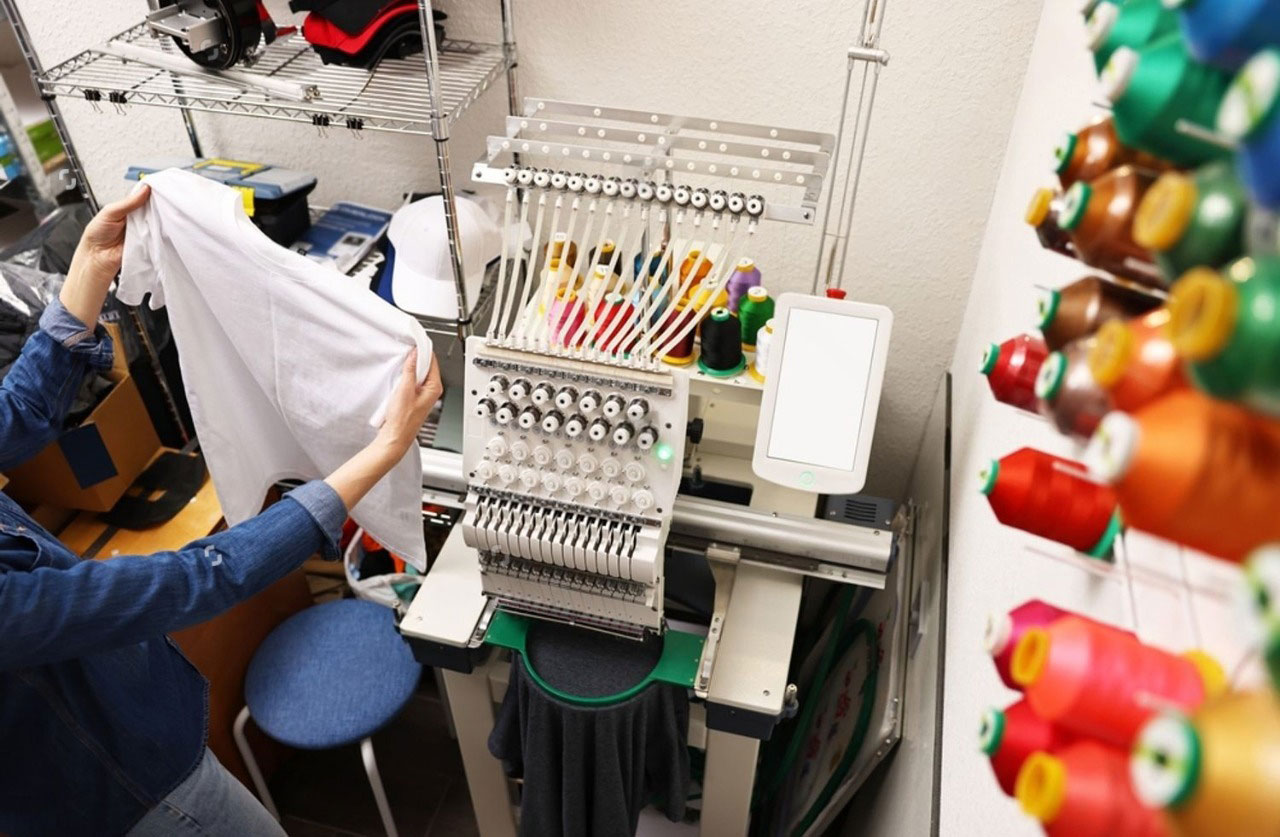Introduction
You’ve just found the perfect embroidery design online, downloaded it, and… your machine won’t read the file. Sound familiar? The problem isn’t your machine—it’s likely a file format mismatch. PES, DST, and EXP are the three most common embroidery digitizing formats, but they’re not interchangeable.
In this guide, we’ll break down:
✔ What each format does best (and where they fall short)
✔ Which machines use which formats
✔ How to convert between formats without losing quality
✔ Pro tips for managing multiple formats
By the end, you’ll be able to confidently choose—and convert—the right format for any project.
The Big Three Explained
1. PES (Brother)
Best for: Home/hobby machines
Primary users: Brother, Babylock, some Singer models
Key features:
- Stores thread color information
- Multiple versions (PES v1, v2 for different machines)
- Easier to edit than industrial formats
Limitations:
- Not ideal for large commercial runs
- Some features don’t transfer well to other formats
2. DST (Tajima)
Best for: Industrial/commercial machines
Primary users: Tajima, Barudan, most commercial shops
Key features:
- Industry standard format
- Compact file size
- Reliable stitch reproduction
Limitations:
- Loses color information during conversion
- Harder to edit after creation
3. EXP (Melco)
Best for: Mid-range professional machines
Primary users: Melco, Bernina, some Husqvarna
Key features:
- Retains more editing capability than DST
- Excellent stitch precision
- Good compromise between PES and DST
Limitations:
- Less widely supported than PES/DST
- Files can be larger than DST
Machine Compatibility Guide
| Machine Type | Preferred Format | Secondary Options |
|---|---|---|
| Brother Home | PES | DST, EXP |
| Tajima Industrial | DST | EXP |
| Melco | EXP | DST |
| Janome | JEF | PES |
| Bernina | ART, EXP | PES |
| Commercial Multi-Needle | DST | EXP |
Pro Tip: Always check your specific model’s manual—some older machines only read certain format versions.
How to Choose the Right Format
When to Use PES:
- Using Brother/Babylock home machines
- Need to preserve exact thread colors
- Planning to edit the design further
When to Use DST:
- Sending to commercial embroidery shops
- Need smallest possible file size
- Running large production batches
When to Use EXP:
- Using Melco or high-end Bernina machines
- Need precision stitching
- Want to retain some editing flexibility
Converting Between Formats
Free Conversion Options:
- Online Converters (MyEditorOnline, Convertio)
- Quick for simple designs
- Watch for color information loss
- Ink/Stitch (Free plugin for Inkscape)
- More control over the process
- Steeper learning curve
Paid Software Solutions:
- Hatch Embroidery – Best overall conversion quality
- Wilcom TrueSizer – Excellent for DST/EXP
- Embrilliance – Great for Mac users
5 Critical Conversion Tips
- Always test stitch after converting formats
- Check stitch count hasn’t changed dramatically
- Verify thread colors manually
- Save originals before converting
- Adjust pull compensation for different formats
Format Comparison Chart
| Feature | PES | DST | EXP |
|---|---|---|---|
| Color Info | Yes | No | Some |
| Editability | High | Low | Medium |
| File Size | Medium | Small | Large |
| Home Machine | Best | Good | Fair |
| Industrial | Poor | Best | Good |
Common Problems & Solutions
Problem: Design Distorts After Conversion
Fix: Adjust pull compensation (+5-15% when converting to DST)
Problem: Colors Wrong After Conversion
Fix: Manually set thread palette before stitching
Problem: Machine Won’t Read Converted File
Fix: Try a different format version (e.g., PES v1 vs v2)
Future of Embroidery Formats
- Cloud-based conversion becoming more common
- AI-assisted optimization for different formats
- New hybrid formats in development
Conclusion
Choosing between PES, DST, and EXP doesn’t need to be confusing. Remember:
✔ PES is your go-to for Brother machines and home use
✔ DST rules commercial embroidery shops
✔ EXP offers a great middle ground
Your best workflow? Keep designs in their original format when possible, convert carefully when needed, and always test stitch after conversion.
Stuck on a format conversion? Describe your issue in the comments—we’ll help troubleshoot!


